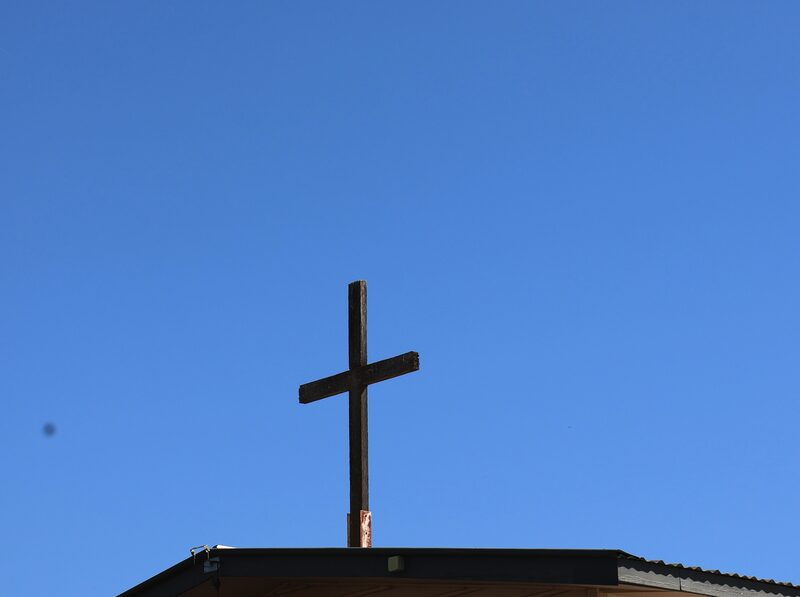
By Aaron Cordy
AN ANCIENT pagan celebration of spring equinox, a morphing Jewish Passover, or an apt symbol of modern society’s commercialised gluttony, Easter’s origins and current state of supermarket chocolate bombardment don’t gel with the true beliefs of the Christian faiths.
For Christianity, Easter begins after Lent on Maundy Thursday which commemorates the Last Supper that Jesus ate with his apostles to celebrate Jewish Passover. It is commonly known by believers and nonbelievers alike that Jesus was crucified on Good Friday by the Roman prefect Pontius Pilate, then resurrected on Easter Sunday.
Many believe Jesus was crucified because he claimed to be the son of God and that he died for our sins, yet still miss the holy significance of the act. For believers, Jesus died as a sacrifice from God for the sins of all mankind, believers and nonbelievers alike. However, that last point can get washed away when a minority try to misuse faith and beliefs for prejudicial separation when the true messages taken from Jesus’ teachings are about the unity of all mankind.

Christians believe that Jesus’ death and resurrection were instrumental in restoring mankind’s relationship with God. Through this sacrifice, mankind could return to God’s love and grace and once again be offered a place in the kingdom of heaven and eternal life.
The symbolism of modern Easter ironically dates to before the rise of Christianity including Easter Eggs. It’s believed that eggs represented fertility and birth in certain pagan traditions that pre-date Christianity. And the Easter Bunny is another symbol attributed to fertility.
How these pagan symbols transformed into a magical white bunny giving chocolate to children to celebrate the death and rebirth of Jesus comes from a morphing of culture when Christianity left the deserts of the Middle East into pagan Europe, and new believers kept some of their old traditions. Many of which still reside in Easter and Christmas traditions today.
Whether you are a true believer in the teachings of the bible, a big holiday believer who partakes in the more symbolic rituals but not the daily life of Christianity or a nonbeliever whose beliefs lie with another faith or no faith at all, Jesus said, “Love one another just as I have loved you,” John 13:34. This is a reminder that when we look beyond our differences and the commercialised side of life and into our true hearts which all beat with love and hope for our children, families and friends, and try to extend that to all people on life’s journey, we can begin to see the changes in this life we hope to gain in the next.





